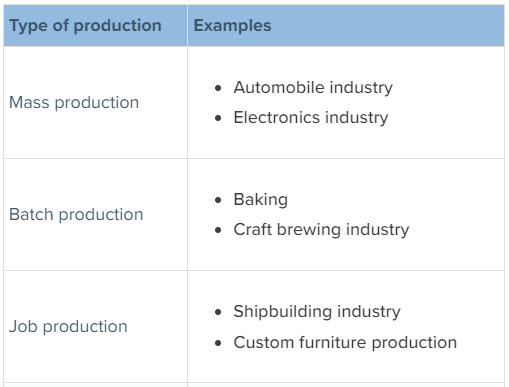METHODS OF PROCESS PLANNING
METHODS OF PROCESS PLANNING The two general methods / approaches to process planning are 1. Manual process Planning and (i) Traditional approach (ii) Workbench approach 2. Computer Aided Process Planning (i) Retrieval CAPP system (ii) Generative CAPP system Manual process Planning (i) Traditional approach In traditional process planning systems, the process plan is prepared manually. The task involves examining and interpreting engineering drawing. Making decisions on machining process selection, equipment selection, operations sequence, and shop practices. The manual process plan is very much dependent on the skill, judgment and experience of the process planner. That's Why, if different planners were asked to develop a process plan for the same part, they would probably come up with different plans. ii) Workbook Approach The workbook approach is a modified version of traditional approach of process planning that uses the developed workbook for preparing route sheet. In this app
